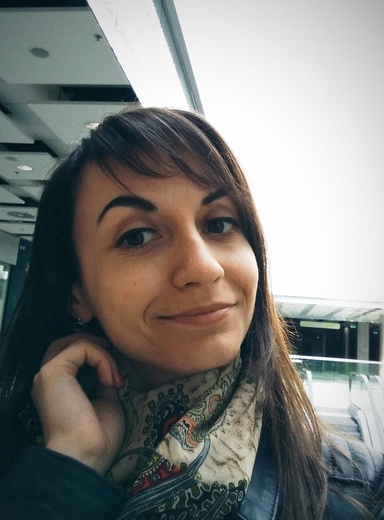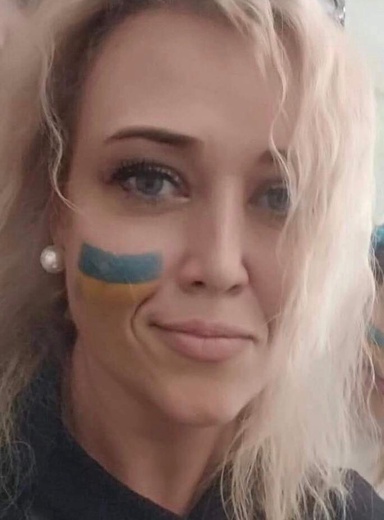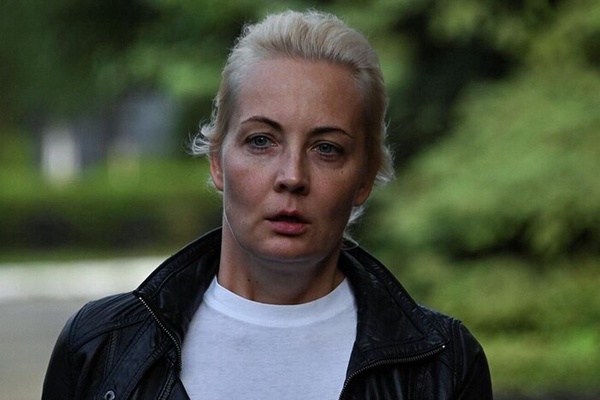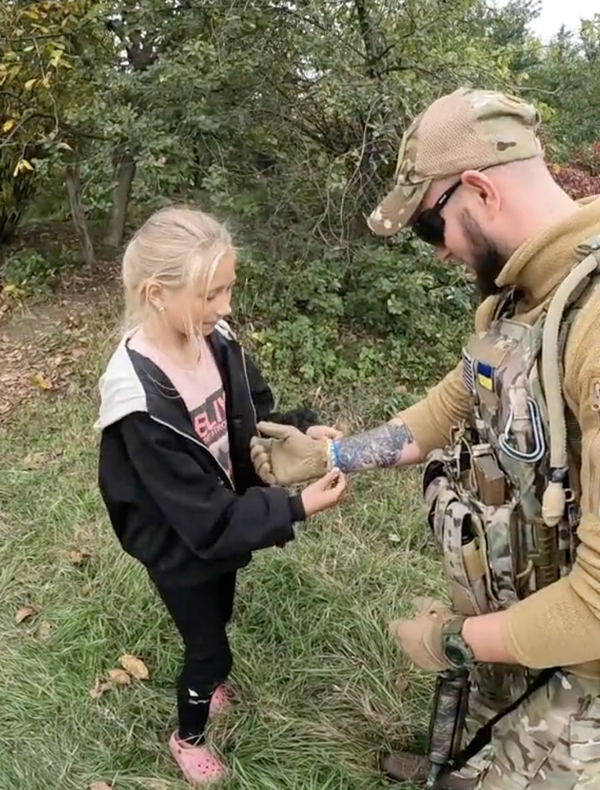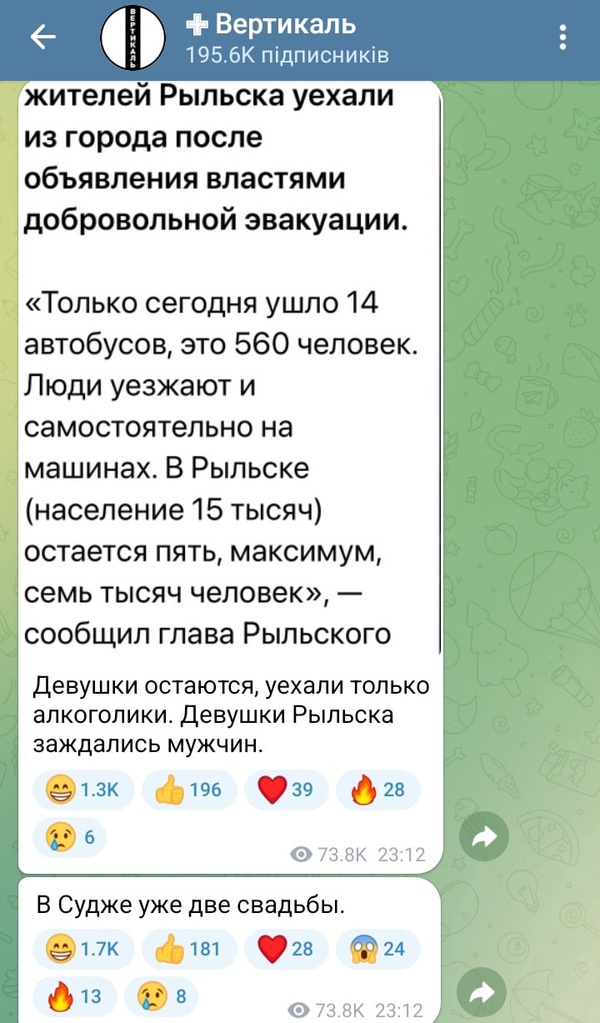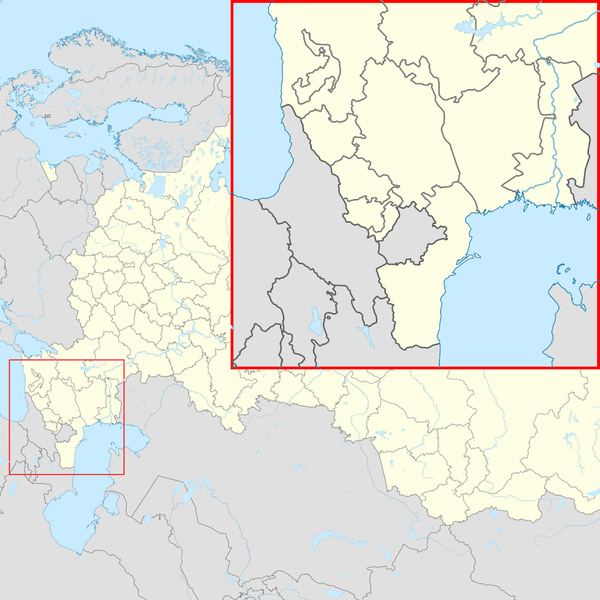Western media manipulation of Russian aggression through photos and headlines
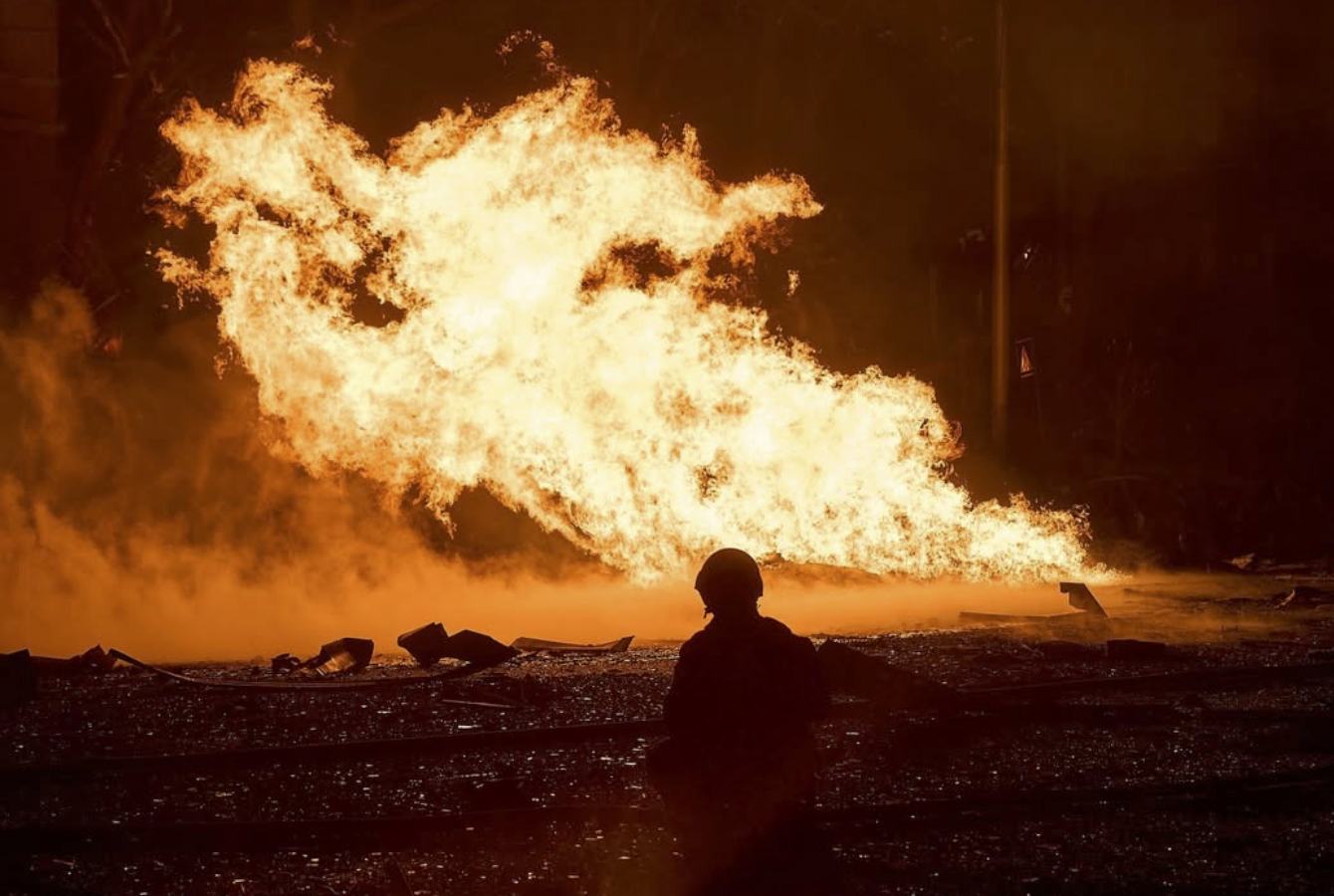
On December 20, the BBC News website published an article under the headline, “Five people killed in strike on russian Kursk after deadly missile attack on Kyiv”. The article's main image depicted Ukrainians in the aftermath of russian shelling.
A reverse Google search reveals that the photo, credited to Yan Dobronosov for Reuters, is described as showing: “People leave the site of a russian missile strike as russia attacks Ukraine in central Kyiv, December 20, 2024”. First, the BBC News article describes the shelling of Rylsk in russia, followed by a story that it occurred after the attack on Kyiv and a description of the consequences of the missile strike on the Ukrainian capital. However, the juxtaposition of the headline and the image could lead readers to misinterpret the article’s focus, potentially associating the image of Ukrainian civilians with the events in Rylsk, thereby eliciting sympathy toward russians.
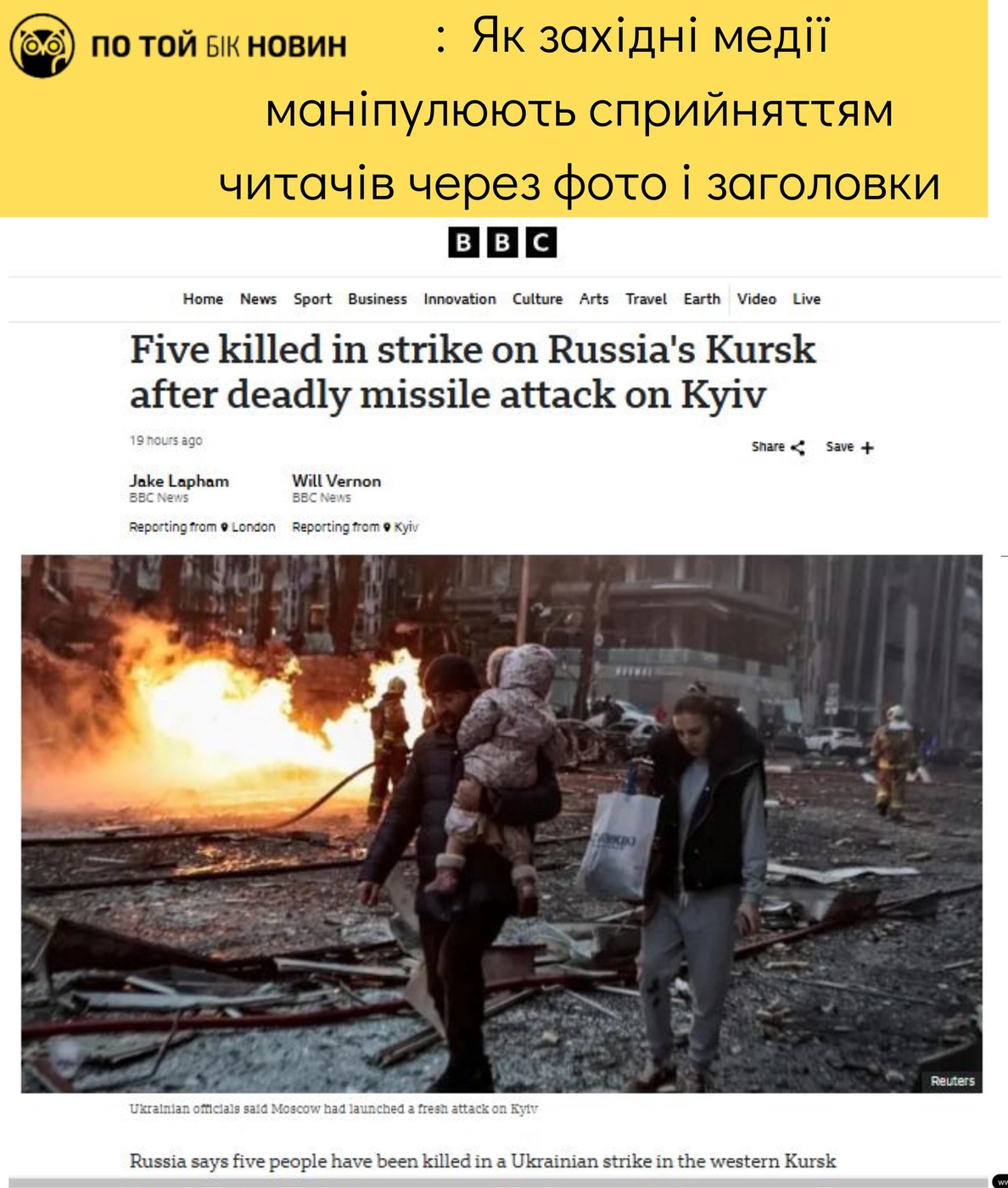
It is interesting to note that the BBC russian service approached the coverage of the shelling in a more neutral way. Their article, titled “Rylsk, Kursk Region, comes under rocket fire,” was accompanied by a photograph of a town sign bearing the name “Rylsk.”
The BBC News decision to pair an image from Ukraine with an article about events in russia influences reader perception. The emotive nature of the Kyiv photo shifts attention away from the Ukrainian victims of russian aggression and creates a misleading context that centers on russia as the victim. This decision gained further reach as the publication was reposted by several foreign media outlets, which retained the same image as their primary visual, intensifying the misinterpretation.
This is not the first instance of foreign media employing a questionable selection of photographs in their coverage. On December 29, 2023, the russian armed forces carried out their largest missile attack on Ukraine to date, resulting in the deaths of more than 50 people and significant damage to civilian infrastructure. The following day, russia shelled the city of Belgorod in the russian Federation, killing 21 residents. russia’s Ministry of Defense (read - Ministry of War!) attributed the explosions to debris from downed Ukrainian missiles, claiming the destruction was caused by their air defense system.
On December 29, Politico published an article titled “10 dead in Ukrainian strikes on border areas, russian officials say.” The primary image accompanying the piece was a photograph of a destroyed residential building in Odesa, which had been hit by russian shelling the previous day. The photo was credited to Alexander Gimanov via AFP/Getty Images.
Subsequently, after a significant backlash in the article’s comments section, with Ukrainians criticizing what they saw as a violation of journalistic standards, Politico replaced the photograph with one from Belgorod. However, no explanation or clarification was provided to readers. As duly noted by Webarchive, the publication also deleted related posts on social media platforms, including X (formerly Twitter).
For comparison, Politico’s earlier coverage of the missile attacks on Ukraine bore the headline “Overnight, russia bombed cities across Ukraine in a ‘massive’ attack.” The word “massive” was placed in quotation marks, and the featured image was a picturesque evening shot of Kyiv, showing a pink and purple sky. Although a photo showing the aftermath of the Odesa shelling was later added to the article, the original main image remained unchanged.
The New York Times also reported on the shelling of Belgorod on December 30, 2023. On December 29, the outlet published an article on the massive attack on Ukraine headlined “russia shells Ukrainian cities in one of the largest air attacks of the war.” The accompanying photo, a Reuters image by Hlib Garanych, showed smoke rising above residential skyscrapers in Kyiv.
The following day, they ran a story titled “Ukrainian missile strike on russian city kills at least 14,” which appeared prominently on its main page. The article was paired with a photograph that depicted the victims of the attack on Belgorod.
However, the image—credited to Andrii Andriienko of the Associated Press—was actually from Zaporizhzhia, Ukraine, and showed rescue workers carrying the body of a man killed in a russian strike.
This juxtaposition of the headline and the photo created the impression that the victims in the image were russian civilians. Thus, the narrative’s focus was shifted away from the Ukrainian victims to the russian narrative. As a result, readers were led to empathize with the russians, as the photo actually created the emotional background.
The differing editorial approaches between the two articles are also notable. In the December 29 coverage of russian attacks on Ukraine, the headline and photo highlighted the aggressivity of russia’s actions but maintained a neutral tone. In contrast, the December 30 article emphasized the human toll with specific casualty figures.
The photo with the aftermath of the shelling and the victims also creates a powerful emotional effect. Nevertheless, it manipulates readers because the headlines and the photo refer to separate narratives.
This tendency to use images from Ukrainian tragedies to illustrate reports on attacks in russia creates a distorted reality. Such editorial choices shift emotional emphasis, fostering disproportionate sympathy for russian losses while rendering Ukrainian suffering much more routine.
Such manipulations affect the formation of public opinion among the English-speaking audience, which, through emotional headlines and photos, may misinterpret the roles of aggressor and victim in the war, further complicating Ukraine’s efforts to garner international support for its cause ![]()
Prepared by Aliona Malichenko.

